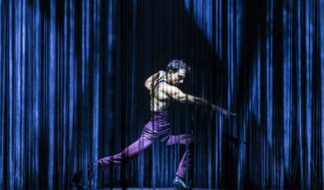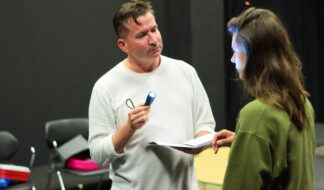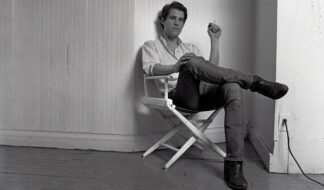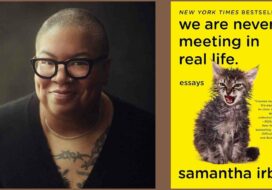How Exactly Does This New Take on 'Madame Butterfly' Conjure Madonna and Björk?
Classic Italian opera reimagined by Japanese and Japanese-American creators heads to Detroit
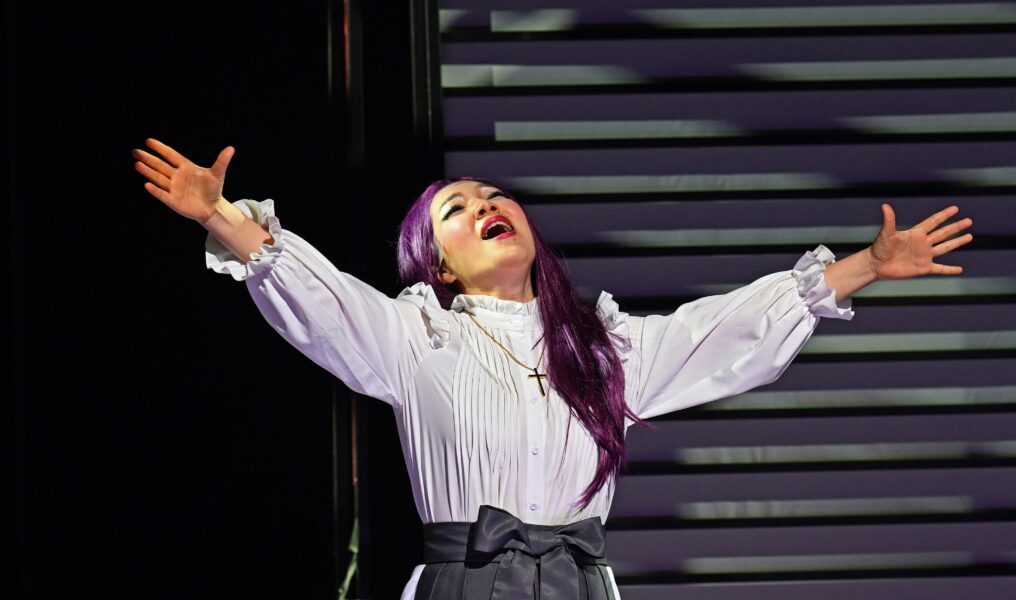
This October, an exciting new collaboration sheds a new light on Puccini’s classic opera “Madame Butterfly.” The Detroit Opera, Cincinnati Opera, Pittsburgh Opera and Utah Opera companies have come together to revisit this mammoth of the classical canon, which is set to appear in Detroit Oct. 7, 13 and 15. This time, though, the production has been reimagined by an all Japanese and Japanese-American creative team.
Puccini’s original work tells the tale of a young Japanese girl, known as Madame Butterfly, who is married off to a young American military man, Captain Pinkerton. The marriage is against her will, but the libretto never really makes an effort to describe her as having a will of her own. Butterfly gets pregnant. Pinkerton leaves for many years, only to return with an American wife. They’ve come to take the child back to America. Butterfly agrees, but kills herself, “choosing to die with honor rather than live in shame,” according to The Metropolitan Opera’s synopsis.
This version of “Madame Butterfly” has come to be under the direction of the prolific Matthew Ozawa, who was an assistant professor of music at the University of Michigan School of Music, Theatre & Dance for several years beginning in 2017.
For his take on "Madame Butterfly," the fantastical, anime-inspired sets were designed by Kimie Nishikawa, while Maiko Matsushima designed the boldly colored costumes. Elsewhere, Yuki Nakase Link has created an otherworldly lightscape that brings Nishikawa’s sets to life. Indeed, the whole team has been working together to craft an experience that takes Puccini’s work to a modern realm — all while retaining the authenticity of the original manuscript.
Ozawa has directed “Madame Butterfly” twice before — once in Arizona and once in Santa Fe. Both times, though, he was working with existing set designs, which limited his ability to interpret the work in a way that took on its most challenging aspects: the ways in which the work depicts Japan and Japanese culture through a stereotypical and superficial Western gaze. Not to mention the fact that, through the ages, most productions have almost always been performed, designed and directed by an entirely white cast.
“I knew that to do this I would need to do an entirely new production and I'd want to bring in an entirely Japanese female design team,” Ozawa tells Pride Source, “and it was really the safety of our collective collaboration that enabled us to go on this journey. It was emotionally taxing and difficult to finesse the direction we [wanted to take]. We felt an immense amount of pressure to do right by the Asian-American community and the Asian community, to reclaim and reimagine this piece [in a way] that would allow diverse audiences to feel welcome in the theater.”
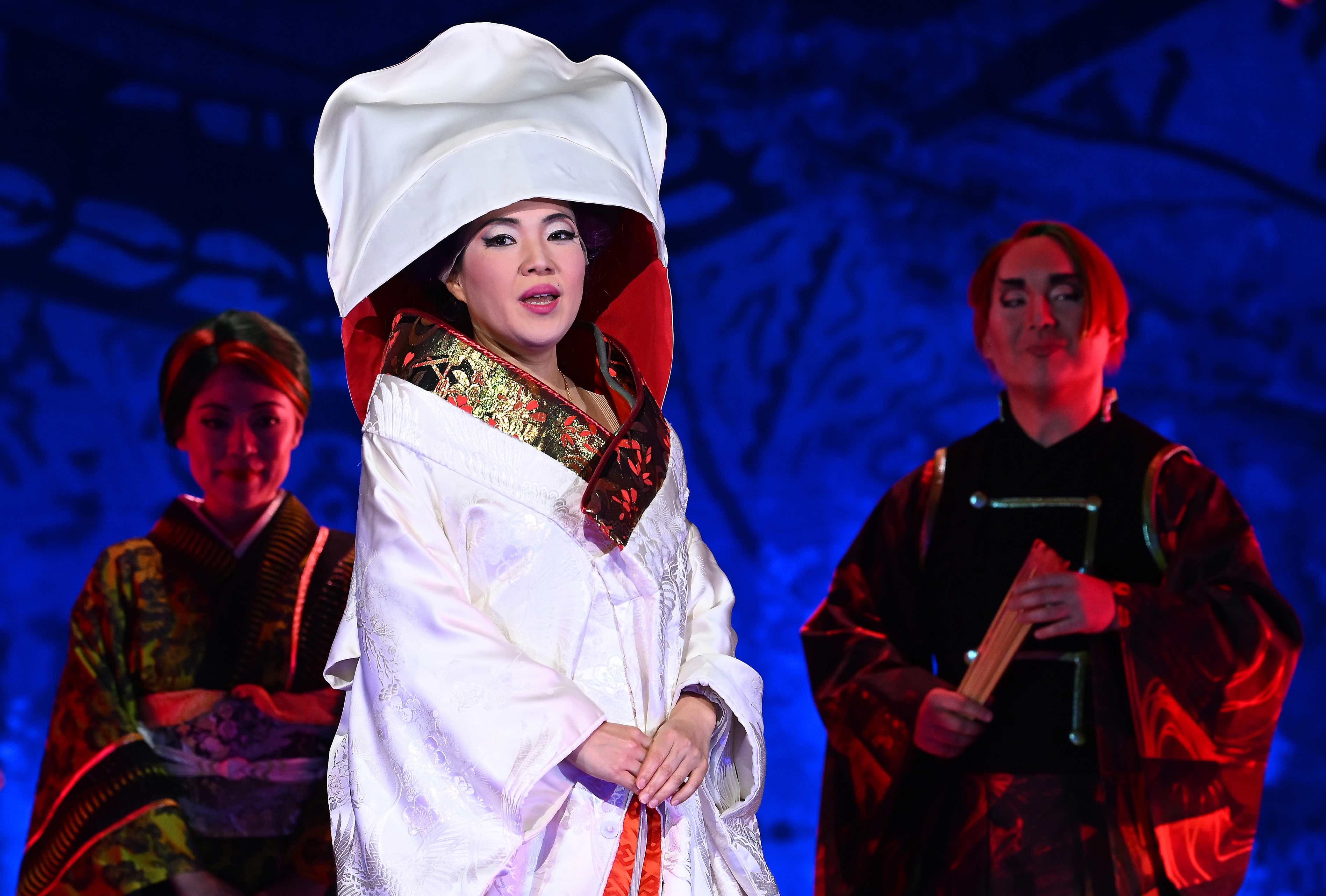
To that end, Ozawa’s team has set “Madame Butterfly” in a modern-day American city. Pinkerton is reimagined as a 20-something gamer guy who loses himself in a virtual reality (VR) sequence, wherein he falls in love with a simulated woman — Butterfly. This new framing allows the team to produce the opera without changing the libretto or the music. It was, after all, written as a European fantasy about Japanese cultural norms (Puccini never stepped foot in Japan, for example). As a VR simulation, that illusion is shown for what it always was: An outsider’s view of something far more complex and nuanced.
“I researched both authentic Japanese garments and Japanese-inspired garments while creating the costumes,” says Matsushima, “Think of Jean-Paul Gaultier’s 1999 design for Madonna or Alexander McQueen’s 1997 design for Björk. These are Japanese kimono-inspired garments, as understood by the Western eye. The more I understood how designers have distorted traditional Japanese kimono silhouettes, colors, and fabric to be legible and recognized as Japanese garments, the more I felt clear what we’re doing. We want it to be clear that this is a fantasy view of Japan, not a representation of actual Japanese garments or culture.”
The team behind this reinvigorated “Madame Butterfly” is interested in challenging the various binary assumptions inherent in traditional operatic settings. East vs. west, masculine vs. feminine, good vs. evil — none of these are truly binary paradigms that can be taken at face value. By showcasing the absurdity of viewing a full, rich society as a superficial daydream, by making Pinkerton the pitiable one, by contrasting the vivid colors of the VR simulation with the mundane gray palette of the everyday, they are inverting power structures. They are, in essence, queering the tradition.
“We want to welcome everyone into the Opera House, but I realize there’s a risk in telling a story differently than the way it has traditionally been told,” says Ozawa. “I was nervous on opening night! The experience of people leaping to their feet and cheering immediately when the music ended — that’s something I actually have never experienced with any piece I've ever directed. I realized, in that moment, the true power of live storytelling. It's so visceral and impactful. That’s why we do it.”

